Hamburg's huge Hauptbahnhof, one of Europe's busiest stations
I could start by denying that the grilled sausage from a stand on the waterfront was my motive for visiting Hamburg again last summer. You may believe me, but some members of my family certainly won't. Was a great sausage, though!
The waterfront, though, that was part of the draw. Canals, basins, bridges, lots of people (and sausages, yes) and a sense that few great port cities have today, that the port is still part of the city.
That's in large part because Hamburg is strewn across islands and islets along the harbor, and the now-containerized working port is visible 'just over the water' almost everywhere you go.
Even the relatively new Elbphilharmonie, which combines concert hall with offices and apartments, is shaped to look like a wave.
Nearby, the historic Speicherstadt—Warehouse City, if you will—remains connected to the waterfront even though it no longer handles cargo pouring in from thousands of ships. Wholesale, apartments and museums occupy most of the space now, but they still face land on one side and water on the other.
Taking another food break, after the sausage. Pretzels (Breze) loaded with almost anything you'd like, as here a choice of Camembert, cheese or herb butter with chives. Almost anything a New Yorker might find on a bagel is available on a pretzel in Hamburg.
This is a food picture, too. Moments before I took the picture, an older woman opened one of the windows and scattered what looked like lunch leftovers onto the canopy. A brief flurry of wings and beaks, and then an after-meal rest.
Lovely lettering on an Art Nouveau doorway...
With all that water, Hamburg has many bridges—some say over 2,000. This one connects the Speicherstadt to the 'mainland,' and was originally part of the customs barrier that separated Hamburg's world trade from its domestic trade. Rebuilt after World War II bombing, it got back its two saints, but not the statue of Kaiser Wilhelm that originally stood at the other end.
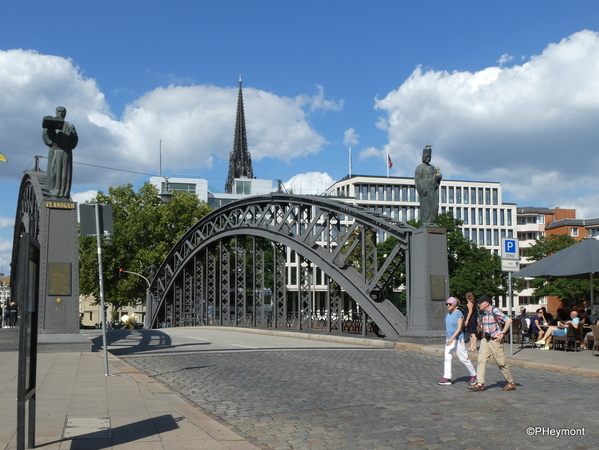
In a more industrial setting, a set of Hamburg's many railroad bridges, carrying freight and commuters around the port. I spotted this line-up on my way to one of the reasons for my trip: the Ballinstadt emigration museum.
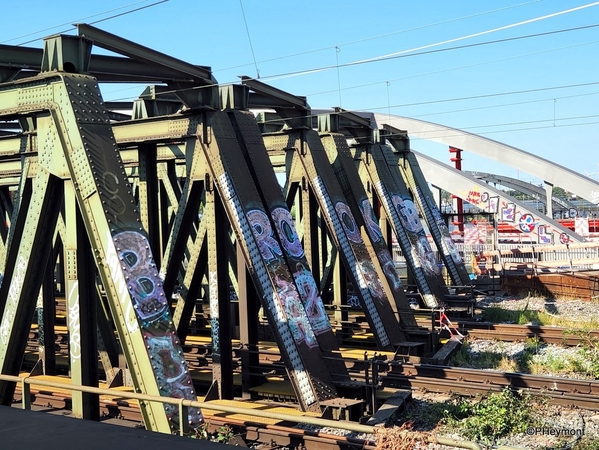
Ballinstadt, created by the Hamburg-America steamship company and named for its chief, Albert Ballin, tells the story of millions of emigrants who passed through Hamburg on their way to the Americas and elsewhere. It is sort of an Ellis Island in reverse.

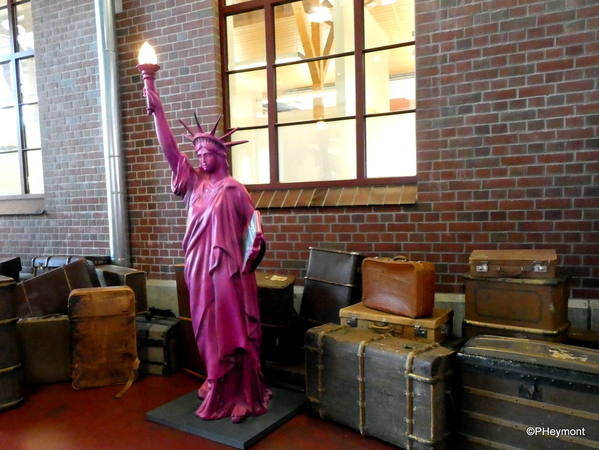
Waiting at the station near Ballinstadt for my S-Bahn train back to central Hamburg, I saw several of these extra-long articulated buses, about 27 meters long, compared to about 20 meters for most. Later, I discovered that Hamburg also has a fleet of bi-articulated three-section buses!
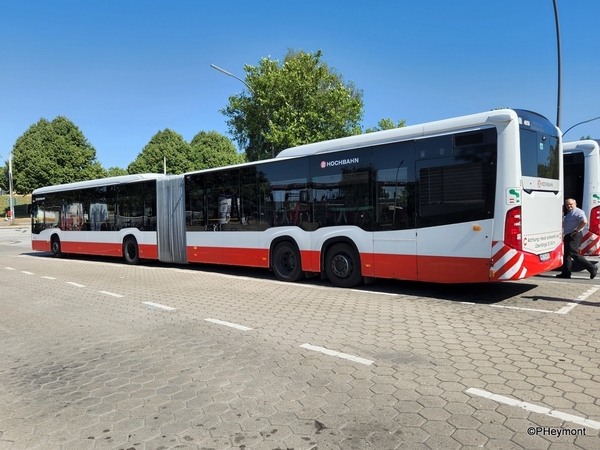
Besides Ballinstadt, my other main reason for Hamburg was the Museum of Work, or Arbeitsmuseum, in the historically working-class and industrial district of Barmbek. The museum focuses on work and industry in the 19th and 20th centuries, and the changes in how people work and what work they do.
Two of the prominent outdoor exhibits are Trude, which is actually the boring machine that dug Hamburg's second tunnel under the Elbe River and then retired to the museum, and a peculiar tank engine (no, not Thomas) that in its working life was often referred to as "the thermos bottle."
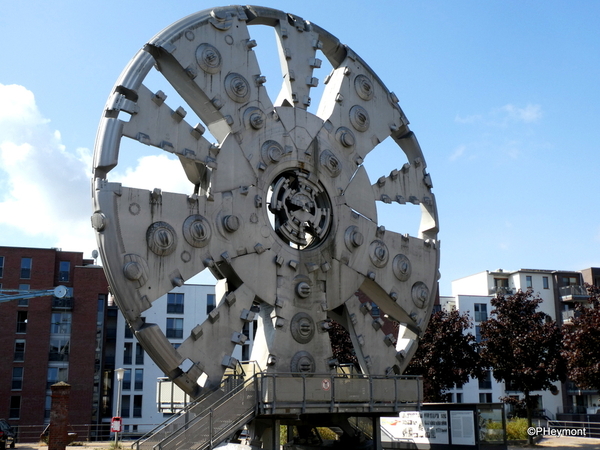
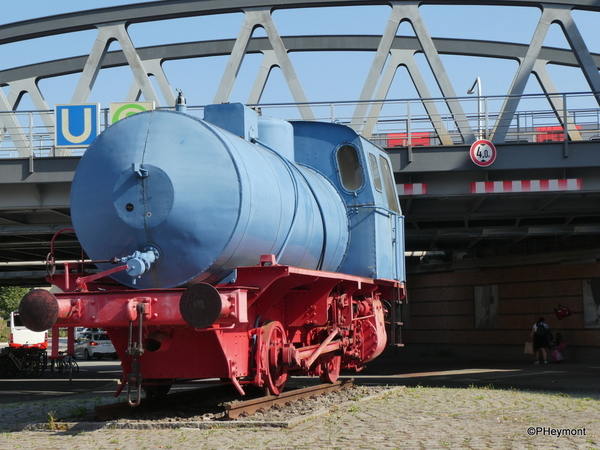
Back in the center, near the Innere Alster, one of the two big downtown lakes, an unusual sitting/playing/lunching space, a UPS mini-truck and a fleet of tour boats for rides on the Alsters.
Above, our One-Clue Mystery photo, recognized by George G.
Hamburg also has significant spires, visible from afar, and with stories to tell. Old St Nikolai was briefly the tallest building in the world shortly after it was built, with Giles Gilbert Scott as the architect. Destroyed in World War II, only the tower and an exhibition space remain.
Two views of the tower of 13th-century St Katherinen. Unlike St Nikolai, it was rebuilt after the war and serves as an active church in the Speicherstadt area.
Nearby, another reminder of Hamburg's maritime heritage: From a distance, I thought this huge ship's propellor was a statue of an insect. Then I got closer. Nearby, new construction in the background, and in the foreground a restaurant that's been around nearly 275 years.
There was more to Hamburg, of course, including a revisit to Miniatur-Wunderland, and there's lots left for the next time... including another wurst!

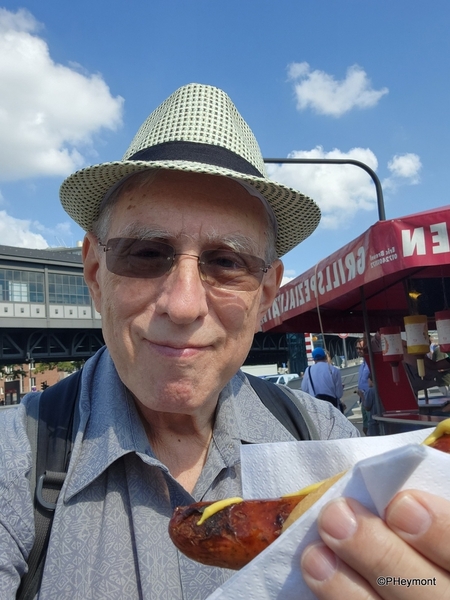
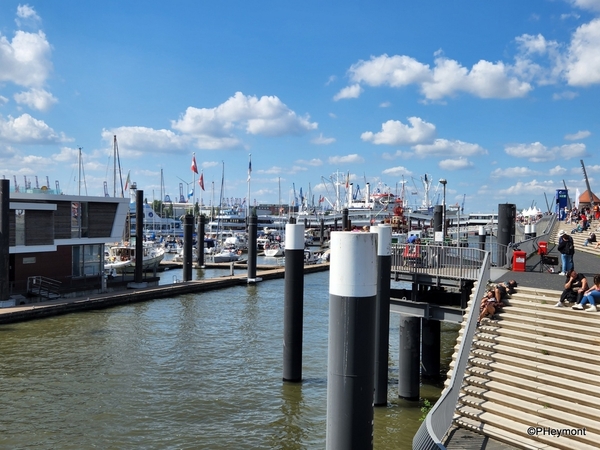
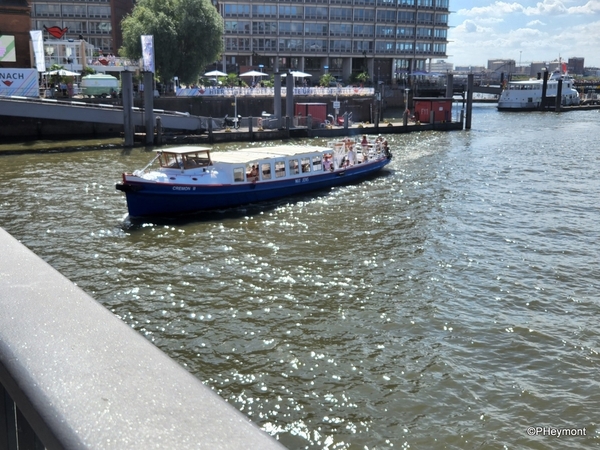
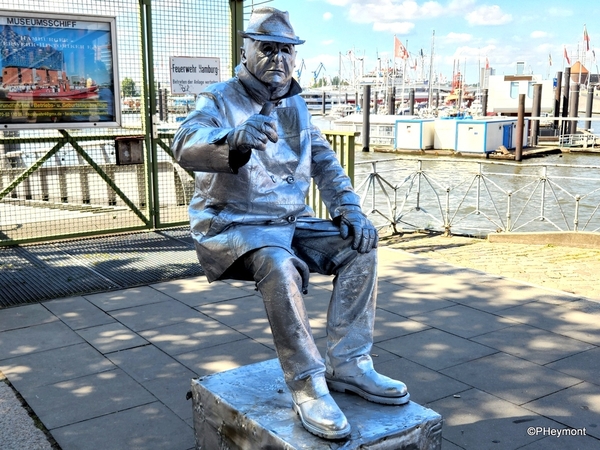
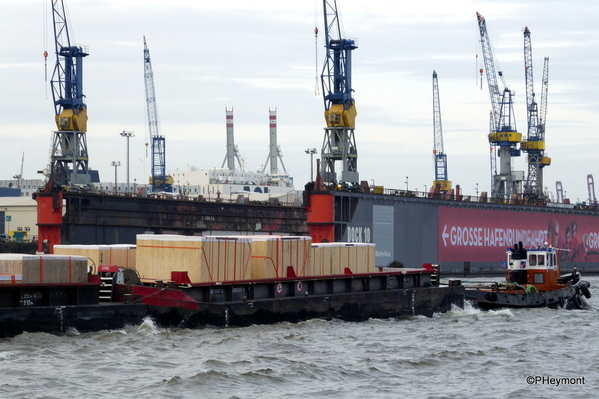
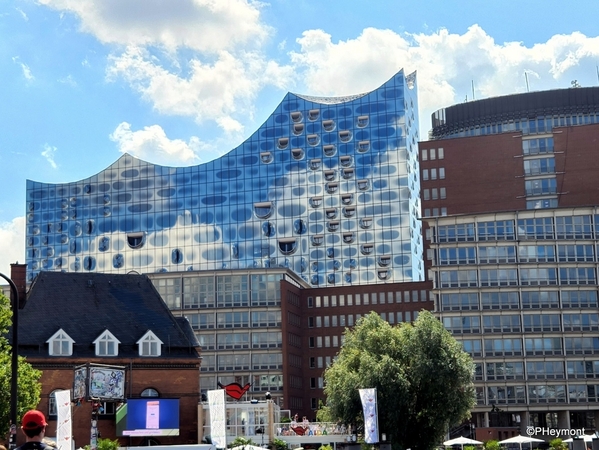
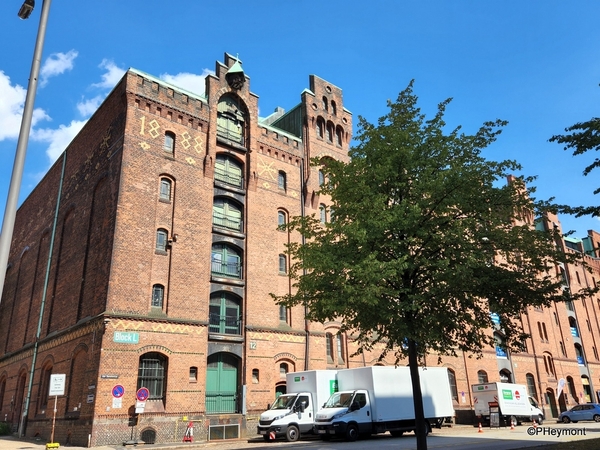
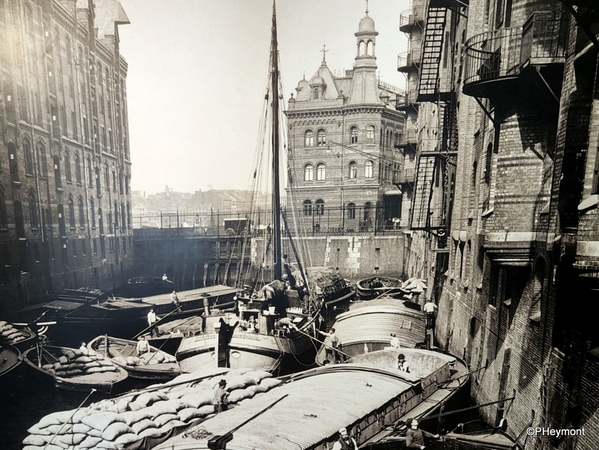
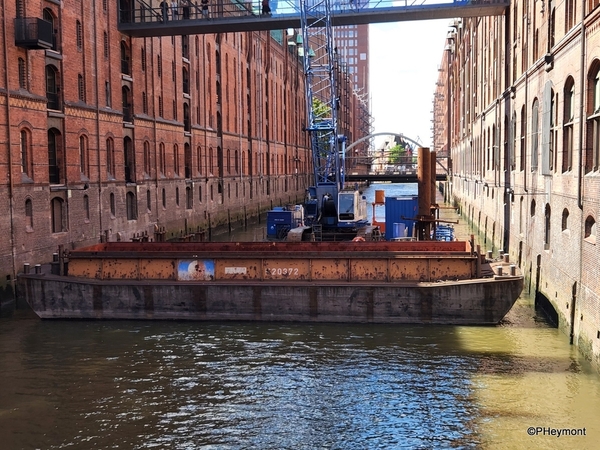
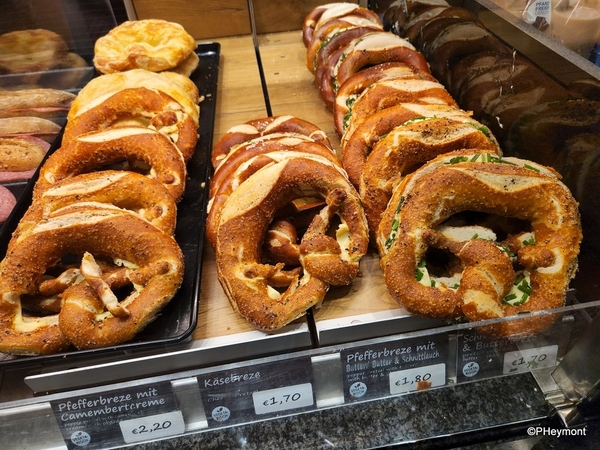
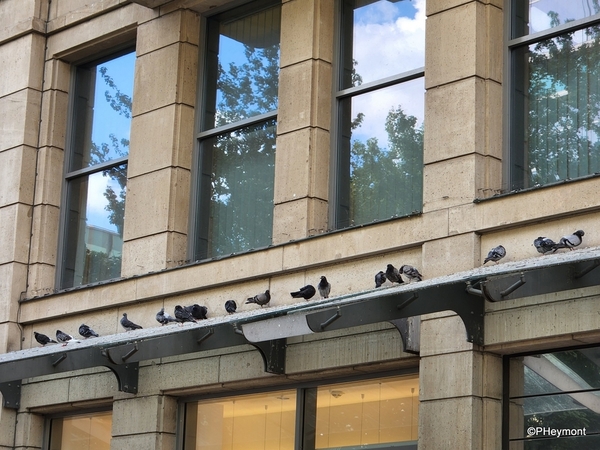
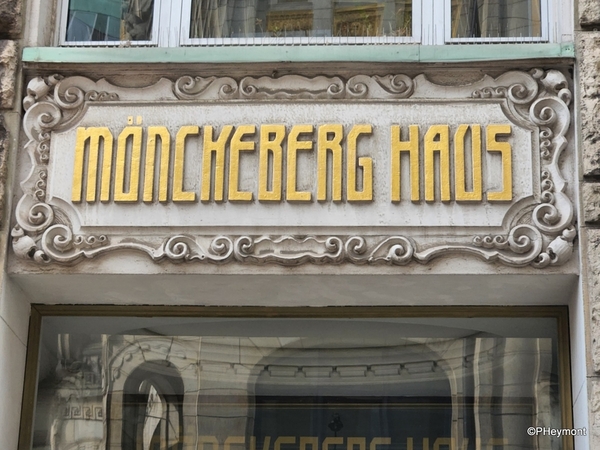
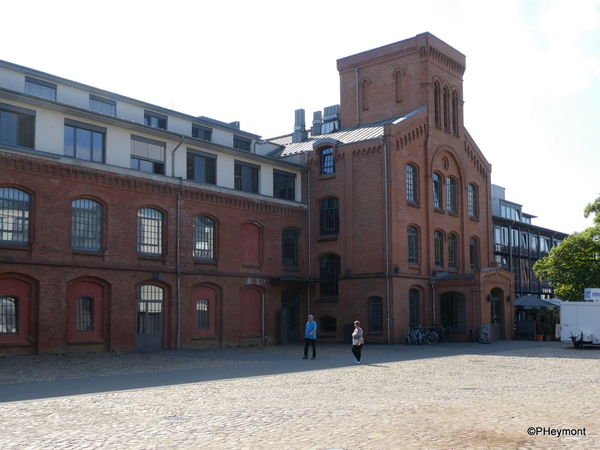
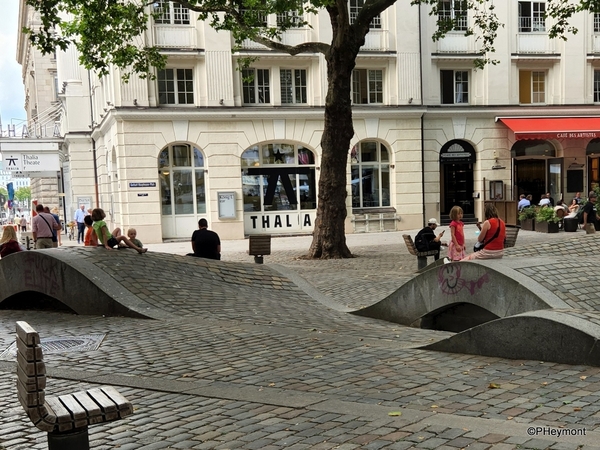
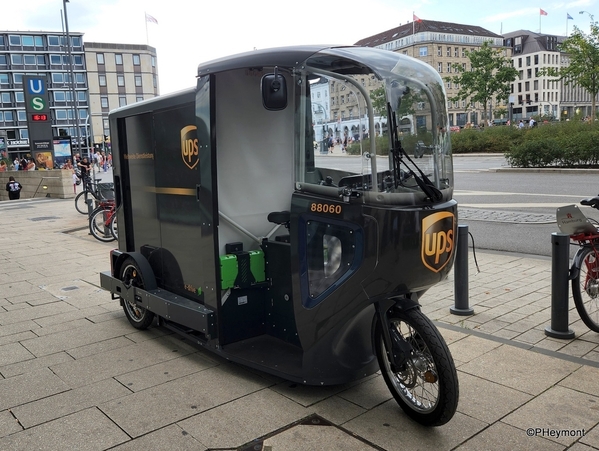
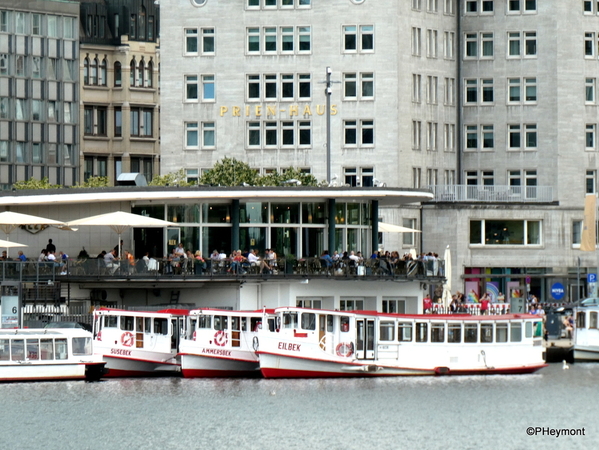
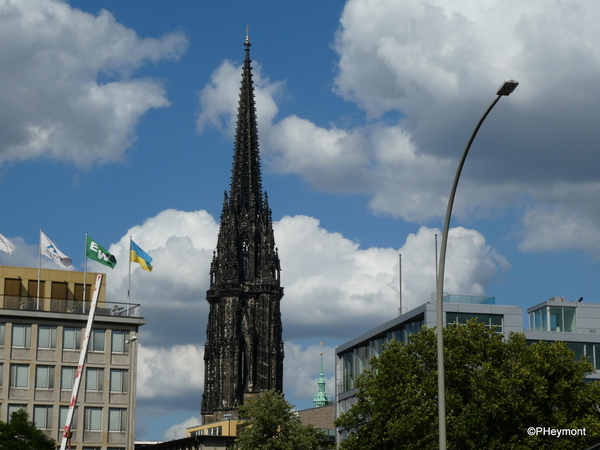
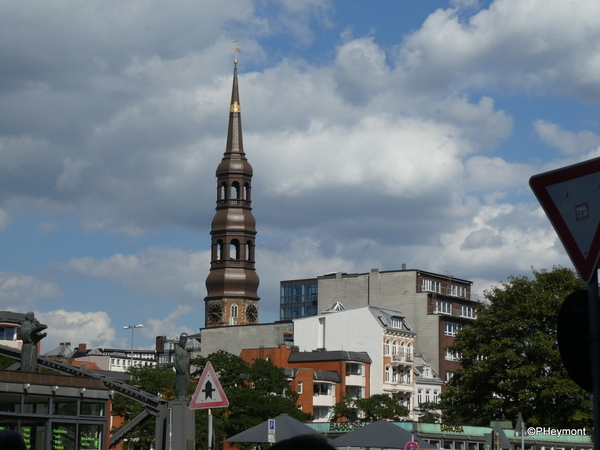
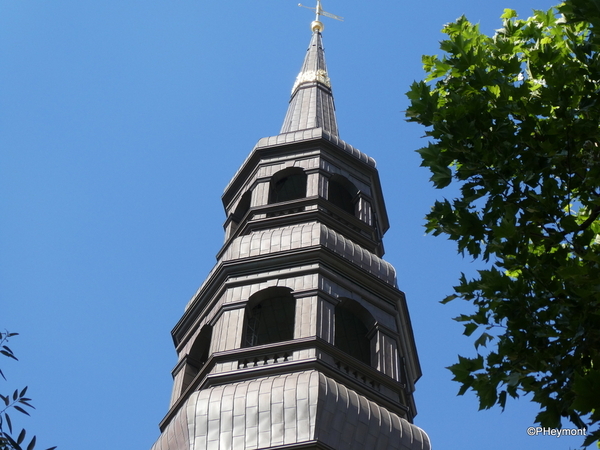
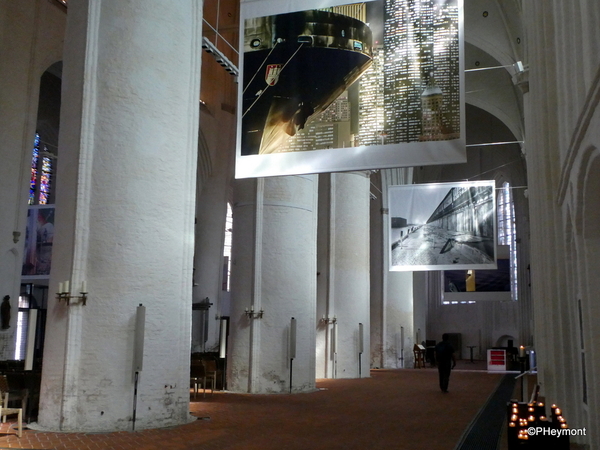
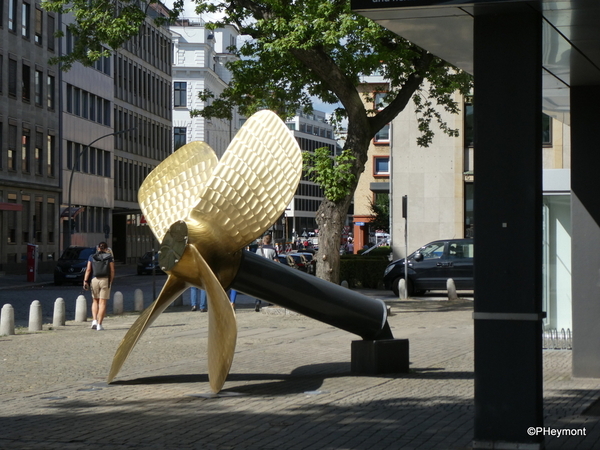
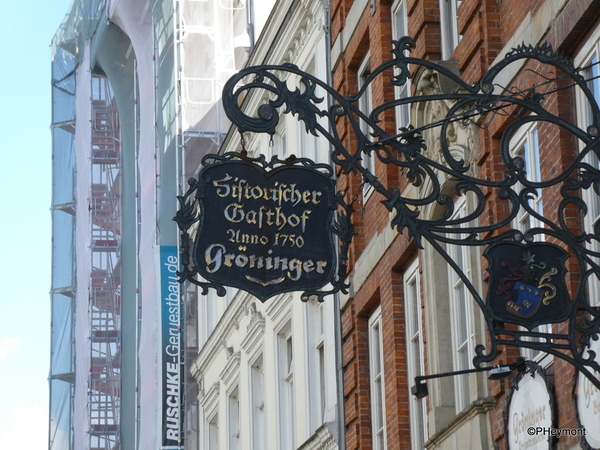














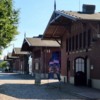



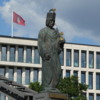
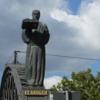

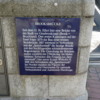






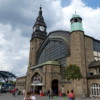
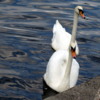




Comments (0)